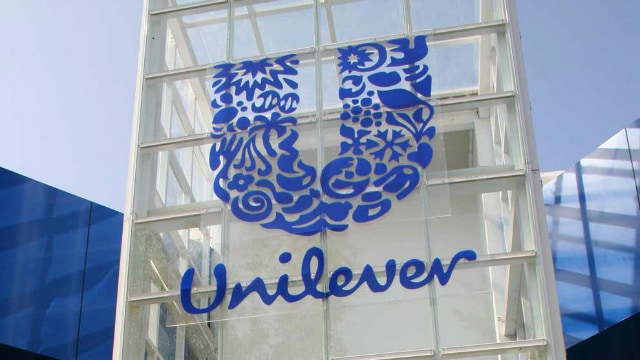It’s worth paying extra for quality, especially when buying stocks, but how much is too much? Good companies trading on toppy valuations are vulnerable to the slightest piece of disappointing news so are you willing to pay a price for these two FTSE 100 heroes?
Keep it clean
Household goods giants Reckitt Benckiser Group (LSE: RB) and Unilever (LSE: ULVR) have been two of the most consistently successful stocks on the FTSE 100 over the last decade. They survived the financial crisis in good shape because cash-strapped shoppers still dropped soap, shampoo and other essentials into their baskets.
Their fundamental defensive status has been spiced up by their emerging markets exposure, with affluent consumers in Asia and beyond keen to add Western brands to their shopping lists. The result is that over five years Reckitt Benckiser is up a thumping 135% while Unilever has grown 78%. Over 12 months Unilever has bragging rights, rising 32% against 26% for Reckitt.
Supermarket sweep
Both companies’ share price graphs have climbed consistently for the last decade in a visually pleasing (and remarkably similar) upwards sweep, but naturally there’s a catch. They’re expensive by traditional metrics, trading at 28.3 and 24.1 times earnings respectively.
It’s important to note that they’re always relatively expensive, in fact 18-20 times earnings is their definition of cheap. You’ll have to wait for a dramatic market correction or some kind of company blow-up to pick them up at 15 times earnings or lower.
Dividend progression
Also, investors who’ve paid up regardless have been rewarded with consistent share price growth and dividend progression. For example, in July Reckitt Benckiser announced an interim dividend of 58.2p, up 15.7% on 2015’s 50.3p, in line with management’s stated policy to pay out about 50% of basic adjusted earnings per share (EPS). In April, Unilever increased its quarterly dividend by 6% to €0.32, its 21st consecutive annual dividend increase.
The yields are less impressive, with Reckitt Benckiser currently paying income of 1.87% and Unilever delivering 2.46%. These may look low when set against the 6% or 7% yields available on many top FTSE 100 stocks, but they’re a sign of strength rather than weakness. Most of those high-yielders have actually seen their share prices fall over the last few years, in many case sharply, and the yields are under threat. Management at Reckitt Benckiser and Unilever have had to be progressive to keep up with their soaring share prices.
The price is right
Both companies continue to post healthy growth figures. Reckitt Benckiser recently reported a 13% rise in adjusted operating profit to £1.1bn (after stripping out £319m of charges over Korean humidity sanitisers that caused lung injuries). Net revenue was up 5% to £4.6bn. Unilever reported underlying sales growth of 4.7%, with sales up 5.4%.
The good news seems likely to continue with Reckitt Benckiser expected to deliver EPS growth of 11% both in 2016 and 2017, lifting the yield to a forecast 2.2%. Unilever’s EPS are forecast to grow 3% this year and 8% next, taking the forecast yield to 3%. So yes, both FTSE 100 favourites are trading at hefty valuations, but history suggests they’re far from overpriced.








